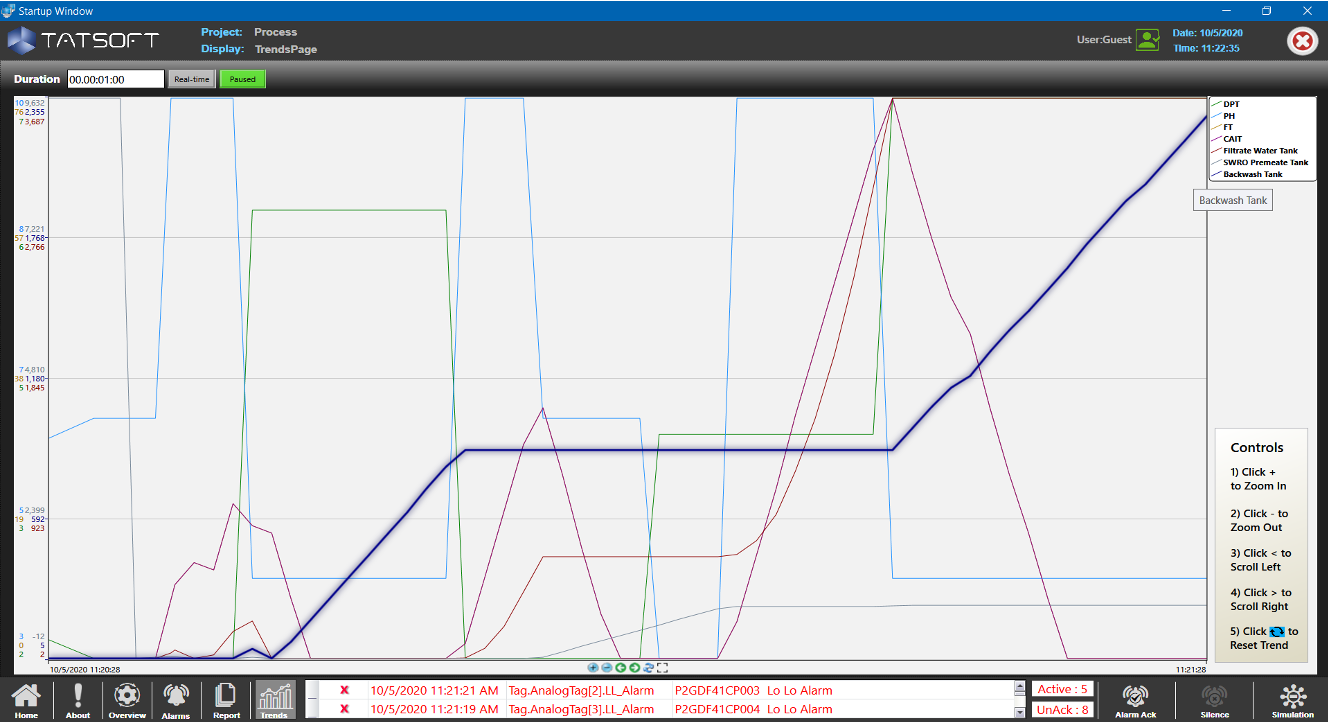Key Concepts
- *HistorianTag*: Tag configured for historical data storage
- *HistorianTable*: Group of tags with shared storage settings (sampling rate, retention)
- *StorageLocation*: Database destination for each historian table
- *Trigger*: Condition that determines when to store data (on change, periodic, etc.)
What it Does
- Stores time-series data from any tag in the system
- Connects to multiple databases simultaneously
- Provides data retrieval for trends, reports, and analytics
- Manages data retention and automatic purging
- Handles store-and-forward during database outages
- Supports both SQL and specialized historian databases
Configuration Workflow
Historian Module Configuration Workflow | ||
|---|---|---|
Step | Action | Description |
Select Database | Choose storage destination | Default SQLite or external database (PI, Canary, InfluxDB) |
Create HistorianTables | Define storage groups | Set sampling rates, triggers, and retention policies |
Add HistorianTags | Assign tags to tables | Map tags to appropriate storage groups |
Configure Triggers | Set storage conditions | On change, periodic, or condition-based storage |
Runtime Behavior
Data Collection
The module subscribes to all configured historian tags and evaluates trigger conditions. Data is stored to designated locations based on table settings, with automatic buffering if databases are temporarily unavailable.
Data Retrieval
Scripts, displays, and reports request historical data through the Historian module's query interface. The TrendChart component provides built-in visualization of time-series data.
Features Highlights
- Native integration with Canary, OSIsoft PI, InfluxDB, and other major historians
- Store-and-forward ensures no data loss during network interruptions
- Automatic timezone and daylight saving time handling
- Built-in Historian engine for SQL Databases.

